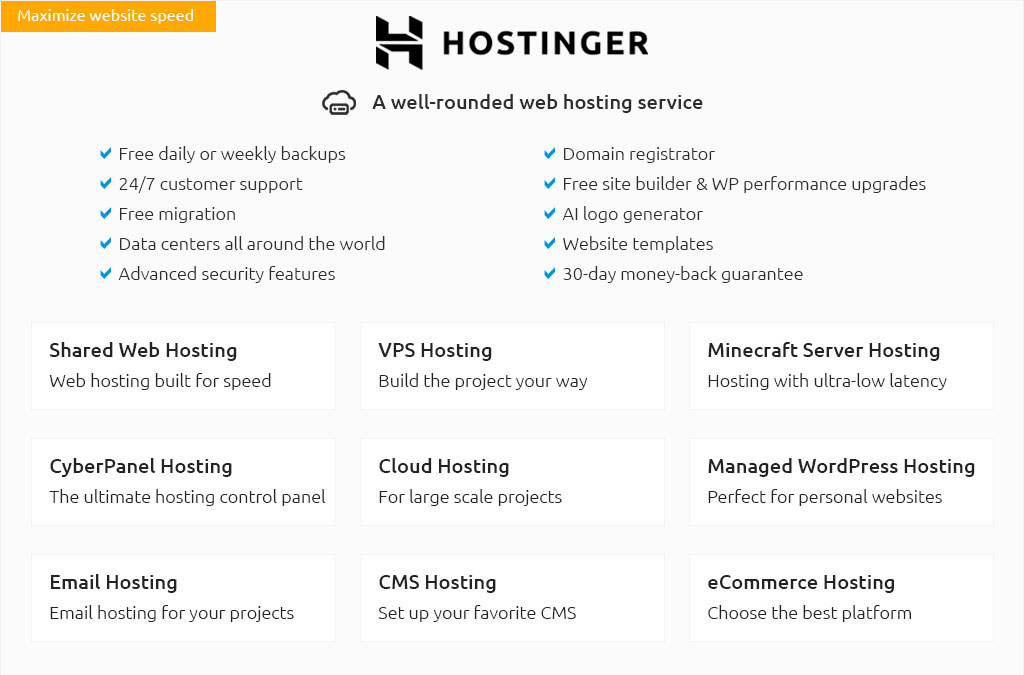 |
|||
 |
 |
 |
|
 |
|
 |
 |
 |
|||
 |
|||
 |
|||
 |
|||
 |
 |
|
Unleash the power of your online presence with our groundbreaking Web Hosting Reviews, where we delve into the world of top-tier solutions like Web Hosting with AWS-experience unrivaled speed, security, and scalability that redefine excellence, empowering your digital ventures to soar beyond the ordinary and into the extraordinary; it's not just hosting, it's your launchpad to success, meticulously reviewed by experts, trusted by visionaries, and ready to elevate your website to new heights-because settling for less is not an option when the sky is the limit.
https://www.vendasta.com/blog/aws-good-website-hosting/
AWS is a widely used website hosting provider, and many businesses find it can meet their needs. However, it has its benefits and drawbacks. https://medium.com/@brahimdeiza/easy-way-to-host-a-website-on-aws-full-guide-b690b4763f34
While the typical cost for hosting a static website on AWS ranges from $1 to $3 per month, those eligible for the AWS Free Tier can expect costs ... https://stackoverflow.com/questions/2113370/is-it-possible-to-use-aws-as-a-web-host
AWS = Amazon Web Services = a suite of different web services. ... hosting a website on AWS. Please note S3 only allows STATIC websites ...
|